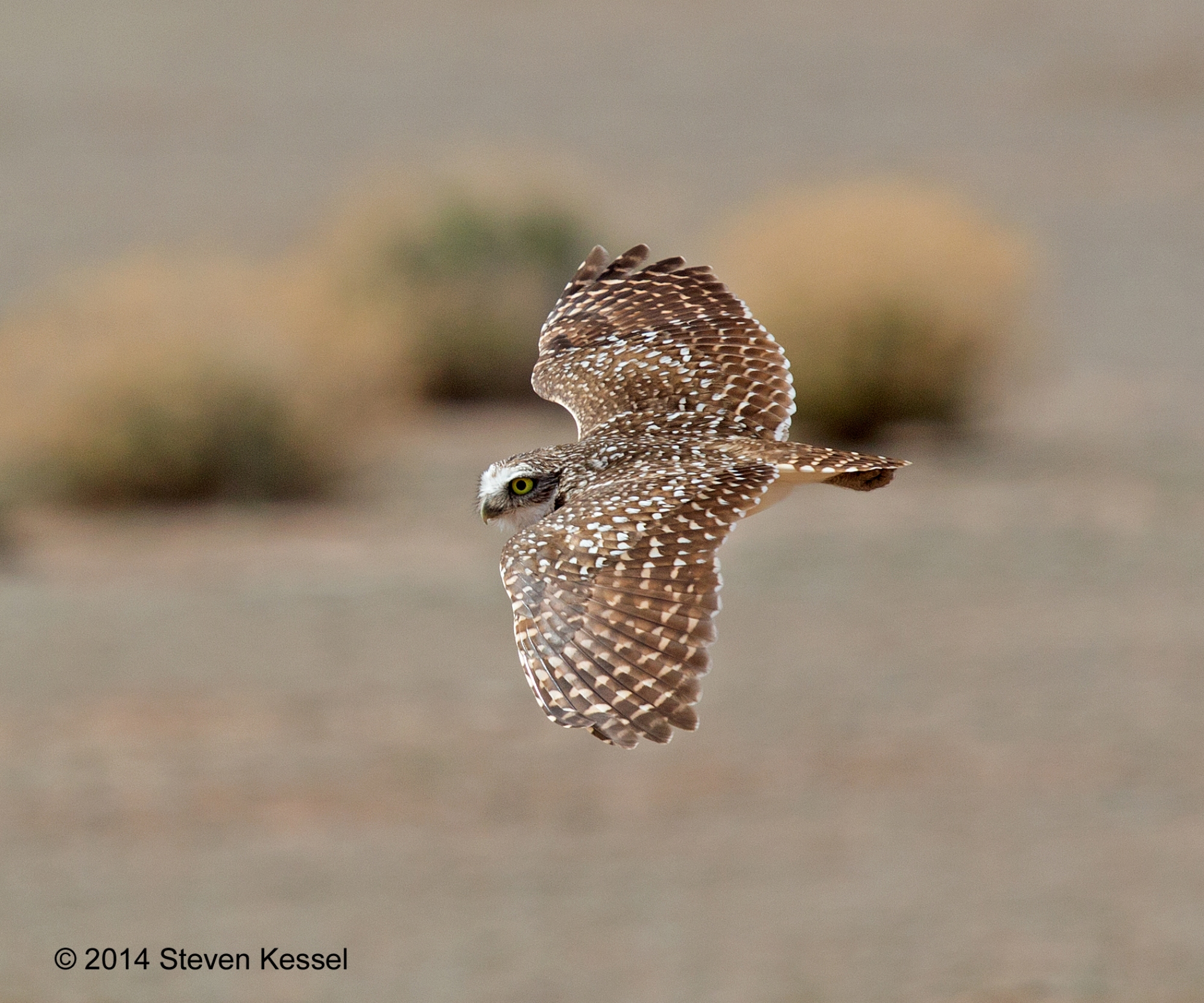The other day I came across a flock of about 100 White-faced Ibises resting in an irrigated field.

White-faced Ibises pass through southern Arizona during their spring and fall migrations. One might encounter a flock of these birds, as I did, but they don’t stay for very long before taking wing and heading either north or south, depending on the season.
These are birds that are evolved to forage by using their long and downward-curved beaks to probe for invertebrates in marshes and in muddy fields and shorelines. These Ibises were not actively foraging when I saw them. They were resting, most likely to recover some energy before taking flight and heading out on their spring migration.
In most light White-faced Ibises appear to be a drab brown color. However, the plumage on their outer wings and backs is iridescent and will flash in hues of pink, purple, and green in the right light. You can see some of that on the bird that is at the far left side of the image.
During breeding season these birds grow white plumage on their faces. That characteristic, among others, distinguishes White-faced Ibises from their close cousin, the Glossy Ibis.
Image made with a Canon R5, EF 400mm f4 DO II lens+Canon EF 1.4x telextender, M setting (auto ISO), ISO 3200, f5.6 @ 1/3200.
